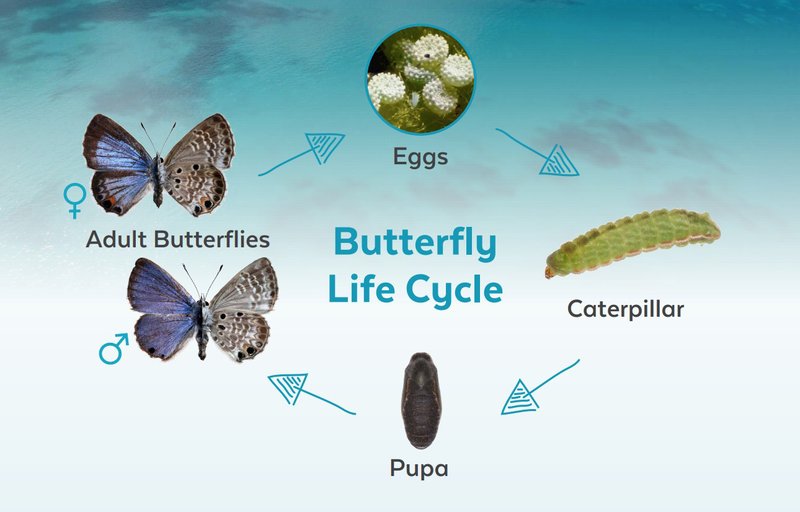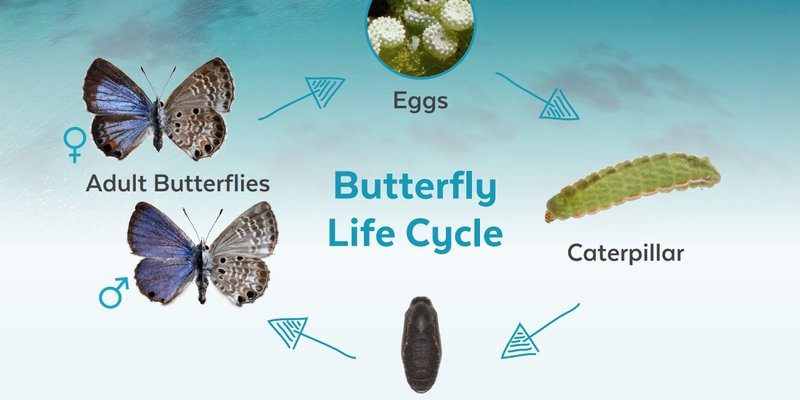
So, what exactly are botfly larvae? Well, they are the young of a group of insects known as botflies. These larvae are notorious for their unique life cycle, which involves living inside their host, often causing trouble. But just as plants and animals are moving to adapt to climate changes, botfly larvae are also on the move. This article will dive into how climate change is affecting their distribution and what that means for the ecosystems they inhabit.
What Are Botfly Larvae?
Botfly larvae come from several species of botflies, which belong to the family Oestridae. They are parasites that can be found in mammals, including dogs, horses, and even humans. Their life cycle starts when adult botflies lay eggs on a host. Once the eggs hatch, the larvae burrow into the skin of the host, where they develop.
You might be wondering why these larvae are important. Well, they can serve as indicators of ecological health. If a certain species of botfly larvae is thriving or declining, it can reflect broader changes in the environment. For example, if the climate warms, you might see new botfly species emerging in areas where they weren’t previously found, indicating shifts in local ecosystems.
The fascinating thing about botfly larvae is that they have adapted to different regions. Some prefer warm, tropical environments, while others can survive in cooler climates. This adaptability is a key factor when considering how climate change is influencing their distribution.
Impact of Rising Temperatures
Rising temperatures are perhaps the most evident effect of climate change. As Earth’s average temperature increases, many organisms, including botfly larvae, are affected. Warmer environments can lead to an increase in the larvae’s reproduction rates.
Picture a plant growing faster in a warmer climate. Botfly larvae can exhibit similar behavior. With more favorable temperatures, they might thrive in areas that were once too cold for them. For instance, in the past, certain botfly species were primarily found in tropical regions. Now, due to warmer temperatures, you might spot them creeping into more temperate zones.
However, this expansion isn’t just about moving into new territories. It also means that the native species in those areas might struggle to compete with the new arrivals. This can lead to changes in local ecosystems, potentially harming native wildlife and disrupting food webs.
Effects of Changing Precipitation Patterns
Just like temperature, precipitation plays a vital role in the survival and distribution of botfly larvae. Climate change has caused fluctuations in rainfall patterns, leading to either extreme droughts or heavy rainfall in various regions. These changes can heavily influence where botfly larvae can survive.
For example, areas that become drier may not support the same type of wildlife as before. Insects, including botflies, need specific environmental conditions to thrive. If their host animals are no longer present due to the lack of water, the larvae may struggle to find a suitable environment. Alternatively, in regions that experience increased rainfall, new habitats may arise, allowing botfly populations to flourish.
This ebb and flow of suitable habitats can create a rollercoaster of ups and downs for botfly populations, ultimately impacting those animals that rely on them for sustenance or as part of their ecological balance.
How Habitat Loss Contributes to Distribution Changes
Another factor to consider is habitat loss due to climate change. As temperatures rise and precipitation patterns shift, natural habitats can be destroyed or altered. Deforestation, urbanization, and changing landscapes can lead to diminished spaces needed for botfly larvae to thrive.
For instance, if a forest that once served as a breeding ground for host animals is cut down, the botfly larvae will have fewer opportunities to find their hosts. This could mean a decline in their population. At the same time, some botfly species may relocate to urban areas or agricultural lands where hosts are still abundant, causing shifts in distribution.
Moreover, habitat loss doesn’t just affect botfly larvae; it can disrupt the entire food web. When you change one part of the ecosystem, you can have a ripple effect that impacts many other species, from plants to predators.
Human Impact and Botfly Larvae
Humans play a significant role in shaping the climate and, consequently, the distribution of botfly larvae. Through activities like industrial farming, urban expansion, and pollution, we disrupt ecosystems and alter the natural landscapes where these larvae live.
For example, agriculture often involves the use of pesticides that can harm not just harmful insects, but also beneficial ones, including those that host botfly larvae. This can impact the populations of host animals, leading to fewer places for botfly larvae to thrive.
What’s even more concerning is how these human activities can exacerbate climate change. By emitting greenhouse gases, we contribute to global warming and further shift the delicate balance of nature. The result? Botfly larvae and their ecosystems face challenges that can change faster than species can adapt.
The Importance of Monitoring Botfly Larvae Distribution
With all these changes happening, it’s crucial to monitor the distribution of botfly larvae. As indicators of environmental health, their movements can provide early warnings about larger ecological changes. By tracking these larvae, scientists can better understand how climate change impacts ecosystems and species at risk.
Monitoring doesn’t just help researchers; it can aid policymakers in developing strategies to combat climate change. If we understand how botfly populations shift in response to climate changes, we can create targeted conservation efforts to protect fragile ecosystems and the species that rely on them.
Remember, each small action counts. By paying attention to the health of our ecosystems, we can take proactive steps to ensure a balanced environment.
As our climate continues to change, so will the distribution of botfly larvae. Understanding these changes is vital not only for the larvae themselves but for the entire web of life that depends on them.
The effects of climate change, from rising temperatures to shifts in precipitation and habitat loss, challenge the delicate balance of ecosystems. By recognizing the significance of these small creatures, we gain insight into the broader changes happening around us.
So, the next time you think about climate change, remember that it’s not just about melting ice caps. It’s about the tiny larvae, too, and the stories they tell us about the health of our planet. Each of us can contribute to the fight against climate change, helping protect the ecosystems in which these fascinating creatures live.

